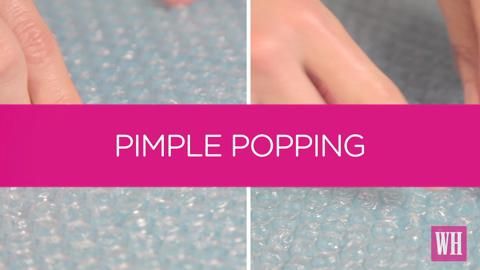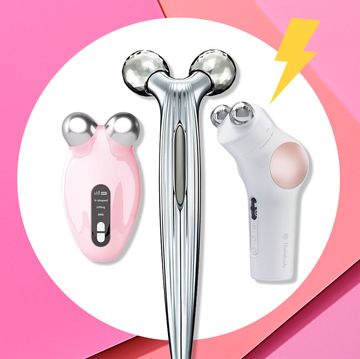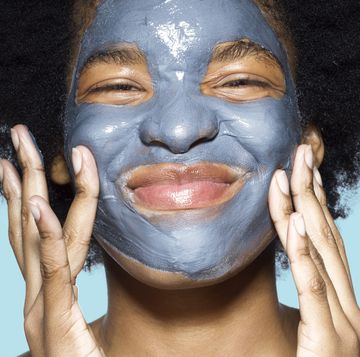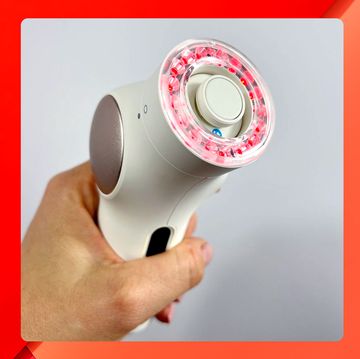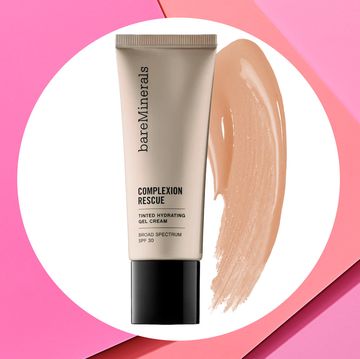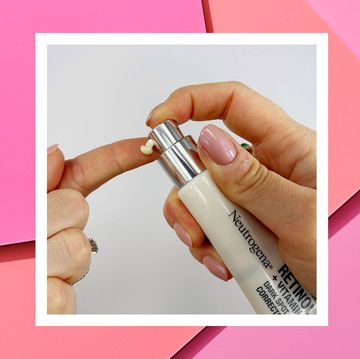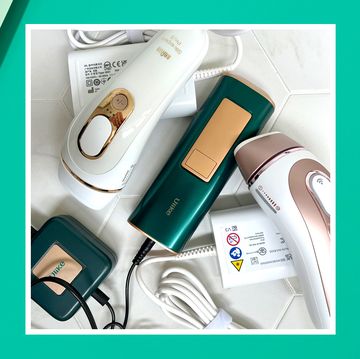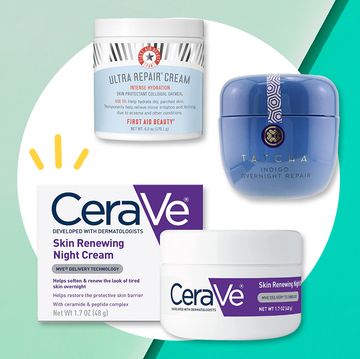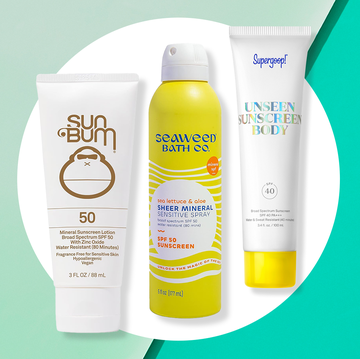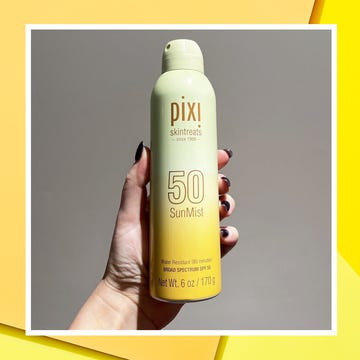It can be frustrating when you’re excited to try a new skin-care product but it doesn’t live up to the hype right away. However, experts say that good things come to those who wait since a new routine takes some time to produce results. So how long before you should give a product the heave-ho? New York City dermatologist Jennifer MacGregor, M.D., of Union Square Laser Dermatology, says it depends on the skin issues you’re looking to treat.
Acne
“Oral medications take a month to start working, while topical regimens take six to 12 weeks,” says MacGregor. And here’s the thing: When it comes to breakouts, there are many different kinds, from blocked pores to cystic bumps. Skin needs to be monitored to see if the products are improving your complexion on the earlier end of that time frame and then be adjusted if needed for results that should fully come to surface towards the end of that period. Watch this video to find out common reasons you might still be struggling with acne:
RELATED: You Can Tell What’s Causing Your Acne by Where You Break Out
Anti-Aging
Fine lines and wrinkles on your complexion or around the eyes take about six weeks to start seeing a visible difference, with even further and more noticeable improvement arriving in another wave a few weeks later. “There is also a benefit to continued use of anti-aging products in that powerful ingredients prevent sun damage and continue to improve skin over the course of years,” says MacGregor.
Hyperpigmentation
To see dark spots disappear, you need to wait two to three months—and there’s a big caveat. “Skin-brightening regimens absolutely don’t work when people skip daily sun protection—this is one of the most common mistakes I see,” says MacGregor. Pigment also almost always recurs intermittently with sun exposure, so continued maintenance with sun protection, a powerful brightening skin-care regimen, and facial peels or laser treatments are needed for best results, adds MacGregor.
RELATED: The Easy Fix for Dark Spots
Rosacea
Like acne, rosacea treatments vary according to the type of rosacea, whether it forms in bumps, pustules, redness, or inflamed blood vessels. Oral medications take about a month to work, while topical regimens require patience at two to three months. Redness and broken blood vessels that are treated with a laser in the doctor’s office see results right away but require a series of monthly treatments to maintain.
Rough Texture and Large Pores
If you want to improve rough skin and the appearance of pore size, these results take the longest to truly form—about eight to 12 weeks, says MacGregor, since they involve remodeling the deep structure of collagen, the protein that makes up skin. However, many of today’s skin-care products also include silky ingredients like dimethicone, which immediately (though temporarily) give skin a smoother look and feel, while deeper ingredients go to work for longer-term results.
RELATED: 3 Reasons Your Pores Look So Damn Huge
The bottom line: Plan to commit to a new skin-care regimen anywhere from six to 12 weeks to see if it really works—which is a budget-savvy strategy either way since that’s about how long it takes to use up a bottle.

